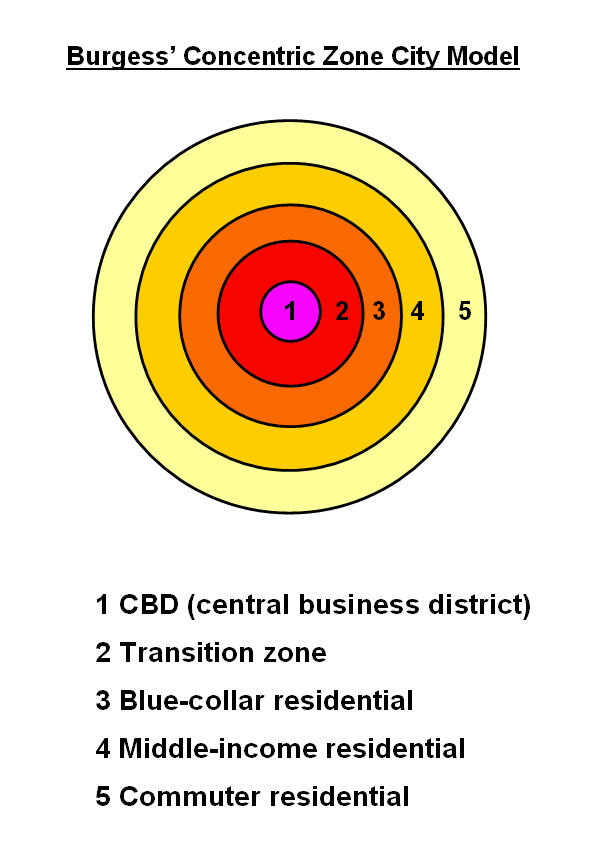POST 11: SPACES & EXCHANGES: A MIND MAP
Study the mind map on the Baccalauréat notion known as 'Spaces & Exchanges'.Then, please write three paragraphs describing the clear-cut distinction it is based on (paragraph 1) and explaining/defining at least ten of the types of spaces (five in paragraph 2) and exchanges (five in paragraph 3) listed in the spidergram.
We can start by saying that this mind map has two importants parts, types of spaces and exchanges. The first part, spaces, has two differents ones, the real, physical and geographical and the virtual, created by humans, serving for example to communicate with others without seeing them. Then the exchanges happen in those spaces, and it is the act of giving something to someone and them giving you something else, for example the exchange of ideas, information, simultaneous exchanges...
We will address this difference by studying the differents types of spaces and the exchanges produced in these spaces.
First of all we should say that the difference beetwen the two spaces is, one is material and the other one artificial. All these spaces have debates, and we would see it now, but in my opinion the environment is the one where all this happens. So it is the main actor of these movements.
If we look closer this spaces are conditioned by the disposition of our world, and were the powers, the money... is. So the third world, developing countries of Asia, Afica and Latin America. They are undervalued,and they are usually in the southern part of the globe And on the other hand, the first world the industrialized capitalist countries of western Europe, North America, Japan, Australia, and New Zealand,and they are usually in the northern part of the globe.
In the North as in the South, differents spaces coexist, geographics spaces, there are countries, inside cities, more or less relevant to globalisation... and inside this cities, the CBD, residential zones ...

Then we can specify about the spaces in a city. We know that the place were someone lives reflects the social status. In this case, two spaces exist, the suburbs and the city centers. on one hand, resides the minorities who suffers from racism, lack of money, and less quality of life. on the other hand, people with facilities, money, a good work...
So now, we can focus on the ethcnic neighborhoods.In this case
African-American neighborhoods or black neighborhoods are types of ethnic enclaves found in many cities in theUS. Generally, an African American neighborhood and the majority of the people who live there are African American. Some of the earliest African-American neighborhoods were in NY
The formation of black neighborhoods are closely linked to the history of segregation in the US, either through formal laws or as a product of social norms.
In this zones live is not easy, we can notice that this spaces create inequality.
Besides, in our society virtual spaces are more important in our lifes. We can find almost everything on internet, for example our blogs, who are spaces of exchanges. This is part of the globalisation, the process by which businesses or other organizations develop international influence or start operating on an international scale. Exchanges are the key to all the spaces. The exchanges made thanks to technology, virtual exchanges also called Online Intercultural Exchange are online and illustrate human activities like the transfer of money, games online like pokerstars, videoconferences, ideal for times of coronavirus, sending messages...
Then the real spaces, based on humans migration, for example the students exchange programs used in our high school, thanks to this program, pupils can go almost everywhere to study, and learn new cultures. Another example can be the tourism, in Spain an exchange very important for the economy of our country.


This looks OK, Sara, except for the recurrent technical problem which you should have fixed by now . You'll find your mark in a new comment once all blog posts have been published by your classmates. In the meantime, keep up the serious homework.
ReplyDelete1. MIND MAP 2/4
ReplyDelete2. SPACES: 6/8
3. EXCHANGES: 6/8
OVERALL MARK: 14 /20
This is definitely and genuinely personal and although your written expression is far from perfect, the effort is really praiseworthy, Sara. Keep up the serious work.